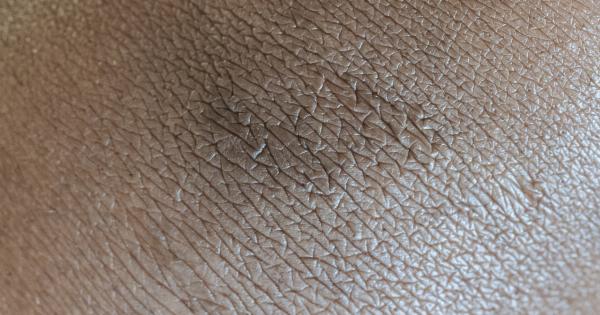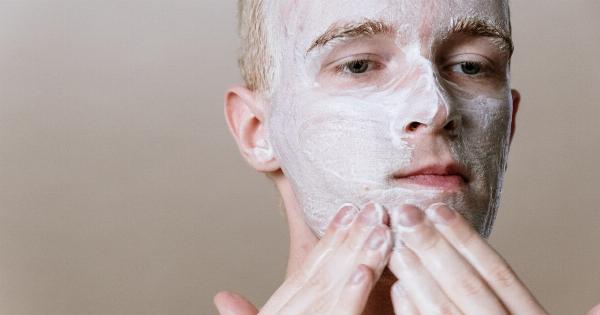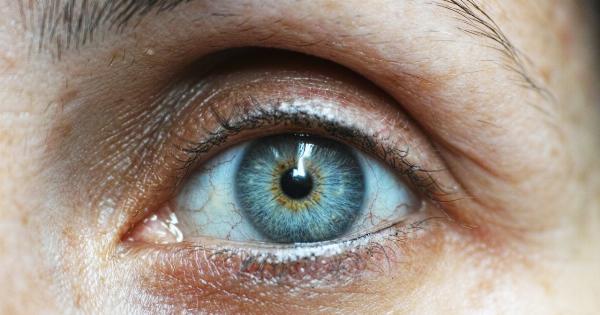Every woman experiences a monthly cycle that involves hormonal fluctuations throughout the month.
While the most obvious changes during this time are related to menstruation and fertility, many women are unaware of how their monthly cycle can also impact their skin. Hormonal changes can have a significant effect on the skin, leading to breakouts, dryness, oiliness, or other skin issues.
Understanding how your monthly cycle affects your skin can help you take better care of it and address any specific concerns that may arise during different phases of your cycle.
The Menstrual Phase
The menstrual phase marks the beginning of the monthly cycle and occurs when the uterus sheds its lining. During this time, estrogen and progesterone levels are at their lowest.
Some women may experience breakouts and oily skin due to the hormone testosterone, which becomes more dominant during this phase. It’s important to cleanse and moisturize your skin regularly during this phase to keep it clean and hydrated.
The Follicular Phase
Following menstruation, the follicular phase begins. This phase is characterized by the maturation and release of an egg from the ovary. Estrogen levels rise during this phase, which can give your skin a healthy glow.
This increased estrogen also promotes collagen production, making your skin appear plumper and more youthful. It’s a good time to boost your skincare routine with products that support collagen production and promote skin rejuvenation.
The Ovulatory Phase
The ovulatory phase occurs when the egg is released and moves through the fallopian tube. During this phase, estrogen levels reach their peak, making your skin look radiant and clear.
Many women experience their best skin during this phase, as estrogen helps to suppress sebum production and reduce the likelihood of breakouts. It’s an ideal time to focus on hydration and protection against UV damage, as your skin may be more sensitive during this phase.
The Luteal Phase
The luteal phase begins after ovulation and lasts until the start of the next menstrual cycle. This phase is characterized by increased progesterone levels and decreased estrogen levels.
These hormonal changes can lead to water retention, bloating, and inflammation, which may also affect the skin. Some women may experience breakouts or increased oiliness during this phase. It’s important to maintain a consistent skincare routine and address any specific concerns that arise, such as using anti-inflammatory products or oil control measures.
Managing Skin Changes Throughout Your Cycle
Understanding how your monthly cycle affects your skin is the first step towards managing any skin changes that may occur. Here are some tips to help you maintain healthy skin throughout your cycle:.
1. Cleanse and Moisturize Regularly
Regardless of where you are in your cycle, it’s important to cleanse and moisturize your skin regularly.
Choose gentle cleansers that won’t strip your skin of its natural oils and opt for lightweight, non-comedogenic moisturizers that won’t clog your pores. This will help keep your skin clean, hydrated, and balanced.
2. Adjust Your Skincare Routine
Consider adjusting your skincare routine to suit the specific needs of each phase of your cycle. For example, during the follicular phase, focus on products that promote collagen production and rejuvenation.
During the luteal phase, incorporate anti-inflammatory products or oil control measures if necessary. Pay attention to how your skin reacts during each phase and modify your routine accordingly.
3. Use SPF Protection
Protecting your skin from harmful UV rays is essential throughout your monthly cycle. Even if your skin appears less sensitive during certain phases, it’s important to wear sunscreen or use skincare products with built-in SPF protection.
This will help prevent damage from sun exposure and maintain the health and appearance of your skin in the long run.
4. Maintain a Healthy Lifestyle
Your overall lifestyle choices can also impact the health of your skin. Get plenty of sleep, eat a balanced diet, exercise regularly, and manage stress levels as these factors can influence your hormonal balance.
By taking care of your overall health, you can support the well-being of your skin throughout your monthly cycle.
5. Seek Professional Advice
If you’re experiencing persistent or severe skin problems or are unsure how to manage your skin changes throughout your monthly cycle, it’s always a good idea to consult a dermatologist or skincare professional.
They can provide personalized advice and recommend suitable skincare products or treatments to address your specific concerns.
Conclusion
It’s important to recognize that hormonal fluctuations during your monthly cycle can impact your skin in various ways.
By understanding these changes, you can adjust your skincare routine and address any specific concerns that may arise during different phases. Remember to cleanse, moisturize, and protect your skin consistently, adjust your routine based on your cycle, and maintain a healthy lifestyle to support the well-being of your skin throughout the month.





























